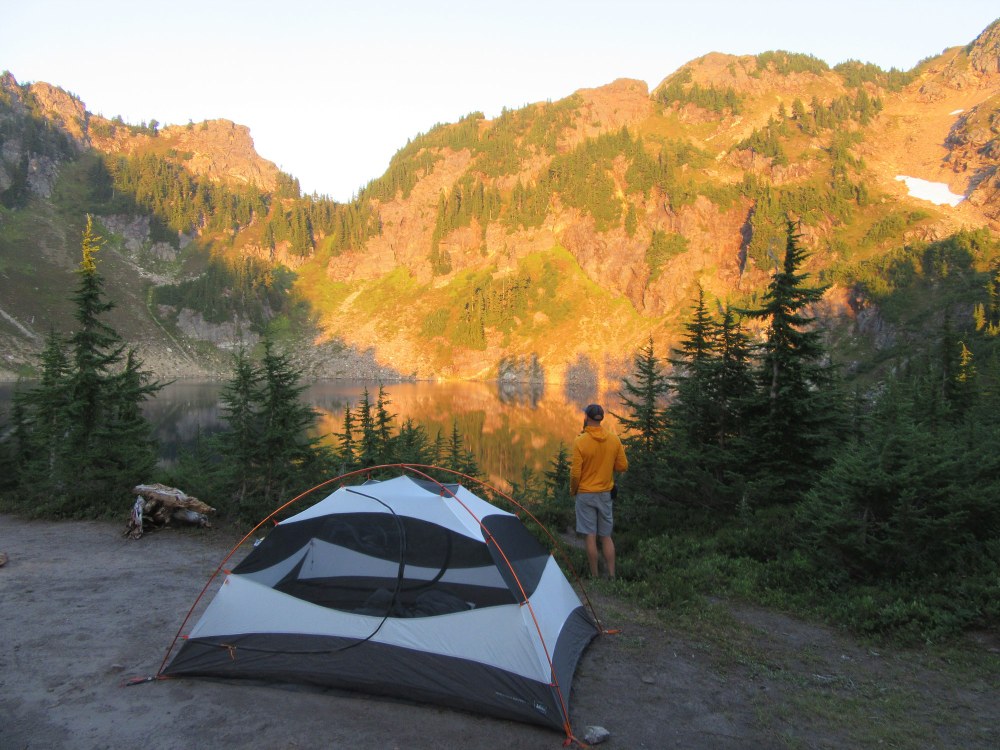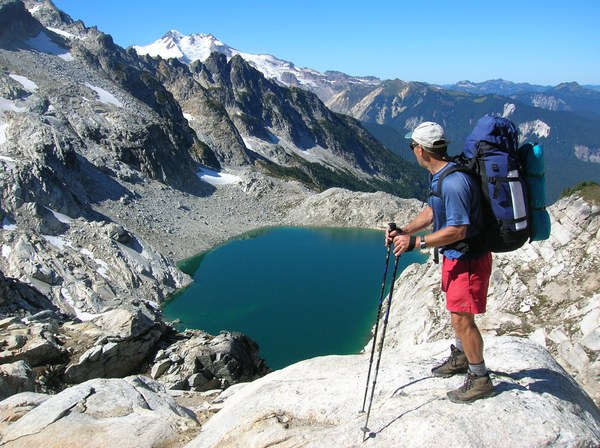
I’ve been hiking and backpacking for more than 40 years now. Along the way I’ve learned a few things from research, the guidance of others, the trials of my own errors, and random luck. It’s not only helped make me a successful guidebook author, but a confident hiker, backpacker, and trail runner. Below are a few of my hard-earned, trail-tested tips on how to have a pretty darn good hiking adventure.
Seek trusted sources
Start with planning. Sure, spontaneous can be fun - but it can also be a waste of time, a big disappointment, or a disaster. As a result always research, and always consult trusted sources. I seek out information from respected guidebook authors, knowledgeable seasoned hikers, and experienced backcountry rangers.
Aside from good guidebooks, I also consult experts from area hiking groups and clubs. I visit the official websites of the managing agencies for the trails I’m interested in checking out. And I purchase and study real maps! I rely on maps from respected sources like Green Trails and the Appalachian Mountain Club, not crowd-sourced map apps which are often rife with errors and misinformation including unofficial trails, routes, and paths through private lands.
Rules and regulations
In my pre-hike fact finding missions, I gather information on fees and permits needed. I annually buy both a Discover Pass and an America the Beautiful Pass, which gets me into every national park and wildlife refuge, and allows me to park at national forest trailheads from coast to coast. But when visiting other states’ parks or national and provincial parks in Canada, I like to know ahead of time what passes are needed, how to get them, and if I should get an annual rather than a daily pass.
I also consult my trusted sources for seasonal closures and rules and regulations. Hikers with dogs will want to pay close attention to those rules related to their four-legged companions. Overnighters will want to know all of the special rules pertaining to backpacking. Check for quotas and park closing info, too. You don’t want to be turned away because you arrived too late - or forced to spend the night in the parking lot behind a locked gate because you came back to the trailhead too late! And be aware of whether the place you’re planning on hiking was recently impacted by a big weather event like a forest fire, flood, or hurricane, as you can expect there will be some trail damage and closures.
 Craig Romano at High Pass in the Glacier Peak Wilderness during one of his best backpacking adventures ever.
Craig Romano at High Pass in the Glacier Peak Wilderness during one of his best backpacking adventures ever.
Weather
Learn the weather patterns of where you want to hike. The Northwest is full of micro-climates and rain shadows. Get to know them and you might have yourself a dry hike while others wallow in the rain! There are some excellent books on local weather (Jeff Renner’s are must reads), and excellent weather websites - MountainForecast.com is among my favorites.
Shoes and clothing
Dress for the occasion! When it comes to footwear, I make no recommendations. Everyone is different and will need to figure out what works best for them. Some hikers prefer trail running shoes while others need more support with a rigid high top shoe. Always test shoes before your hike - this goes for other clothing items and gear too. Make sure the stove works before you’re 20 miles deep into the wilderness. New to hiking and backpacking? Tag along with some seasoned pros before you branch out on your own to help you learn techniques and gear tips on the trail. But whatever you do, don’t short yourself when it comes to performance and high-quality gear. You do not need to go top-of-the-line, but good quality gear and clothing will last you. Years ago lightweight and durable cost a small fortune. This is no longer the case.
Food
I always pack enough food so that I finish the hike with food in my pack. No, I don’t want to munch on granola bars on the ride home (cheeseburgers and burritos will do, thank you!). I just want to have an adequate food supply if I need it on the trail - especially if I’m forced to spend the night out.
When I’m on a long hike, I find that grazing is the best way to go. The constant caloric intake keeps me humming along without blood sugar spikes or bonks. I always pack a few emergency performance snacks for a pick me up, and my 11th essential is chocolate-covered espresso beans. Also consider learning what you can eat on the trail. There are some great guides on edible plants (Pacific Northwest Foraging by Douglas Deur is a good start). Besides making some truly organic salads and fruit cups in the backcountry, some of these plants just might get you through an emergency.
Gear
I pack light but not ultra-light, and I try to have it so that some of my items serve two purposes. Camp shoes are also river crossing shoes (crocs are a popular choice). Trekking poles can be used as a tarp support. I always have rain gear, sunglasses, and sunscreen in my pack. Count on confronting showers and glare on many of your hikes. I also bring a roll of duct tape, some safety pins, and extra straps. You can do a lot of gear fixing and rigging with that combination.
A few other things that I find are super handy include a collapsible water bucket for my overnight trips. This makes water hauling easy, and with the bucket I only need to make one trip. Re-sealable plastic bags are also great to have in a pack. And who needs to worry about batteries going dead with a solar-powered camp light?
Get creative
I enjoy the company of others but I eschew crowds. Social distancing was my specialty well before Covid-19 disrupted our lives and sent everyone heading to the hills. My best hikes and time outdoors are away from crowded places. I have written ad nauseum about how to find the trail less traveled. And my books are loaded with excellent trails that the Instagram masses just aren’t interested in—but you’ll be.
Finally, look for golden opportunities and seize them. During the no-snow, low-rainfall year of 2015, I made it a point to hit just about every trail in the Olympics that required a river ford. During that year fording the Queets was never so easy. During a recent wildfire episode that left most of western Washington cloaked in smoke, I studied some weather maps that showed the smoke was staying below 4,000 feet. So I took a chance and drove to Artist Point, where I found clear blue skies and a mostly empty parking lot. My family and I had Table Mountain all to ourselves. Road washouts can also be a blessing for an excellent adventure. I have mountain biked past washouts to trails void of hikers. Take advantage of hiking a popular trail without the crowds!
It really is all about the journey, not the destination. I find that every moment I’m on the trail beats being cooped up inside, tethered to a screen, and going through the motions in the “civilized” world. I hope these tips help you find similar solace. Happy hiking!
Craig Romano is an award winning author who has written more than 25 books including Backpacking Washington 2nd edition, Urban Trails Vancouver WA, and 100 Classic Hikes Washington (Mountaineers Books).
This article originally appeared in our Summer 2021 issue of Mountaineer Magazine. To view the original article in magazine form and read more stories from our publication, visit our magazine archive.
 Craig Romano
Craig Romano